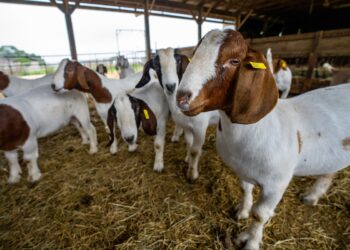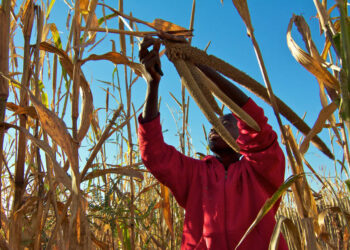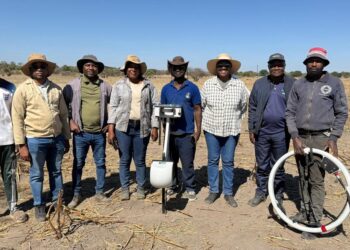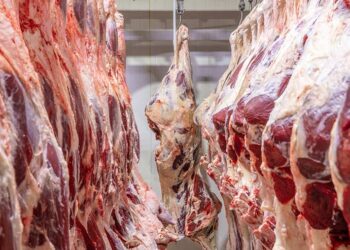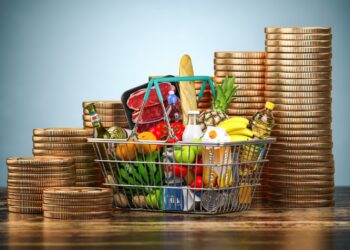
The Livestock and Livestock Products Board of Namibia reported a 28.8% increase in cattle marketed during the second quarter of 2024, with a total of 109,192 cattle sold.
The Board’s Statistician, Fransina Angula, said live cattle exports improved, totalling 51,665 heads, primarily due to drought conditions.
Weaner prices averaged N$24.45/kg, while beef all-grade prices averaged N$59.76/kg during the quarter under review.
“Weaner prices have been declining but are expected to rise after mid-August as feedlots prepare for the festive season. The weaner/B2 ratio held steady at 40.9%, indicating stable producer carcass prices and a balanced market,” she said.
Angula noted that beef exports surged by 59.4% to 8,031,908 kg in Q2, bringing the year-to-date total to 10,968,092 kg, up 69.7% from 2023.
“The EU received 40.4% of exports, with the UK, South Africa, and Norway accounting for 23.6%, 21.3%, and 12.2%, respectively. Beef imports decreased by 5.6%, reflecting better availability of locally produced offal,” she said.
Meanwhile, in the second quarter of 2024, the sheep sector experienced growth, driven by live exports to South Africa, with a total of 310,481 sheep being marketed, a 10.9% increase from 279,816 in Q2 2023.
“Despite a 3.0% drop in prices, sheep prices remained stable: lamb Dorper averaged N$30.63/kg (down from N$31.58/kg in 2023), while all-grade carcass prices averaged N$47.26/kg and A2 carcass prices averaged N$70.63/kg,” she said.
Year-to-date lamb and mutton exports fell by 21.0%, with a 34.8% decline in Q2 exports to South Africa, totalling 247,561 kg compared to 379,858 kg in 2023. Mutton imports also decreased by 23.4%.
Meanwhile, goat marketing remains heavily dominated by live exports to South Africa’s Kwazulu-Natal province.
South Africa’s share of Namibian goat exports decreased slightly from 97.9% in 2023 to 97.5% in Q2 2024.
“Overall goat marketing was slower, with 36,072 goats marketed during the period, bringing the year-to-date total to 60,514, a 5.1% decline. Goat lamb prices averaged N$29.34/kg and peaked at N$30.54/kg in June 2024,” said the Statistician.
In the review period, pig slaughtering increased by 7.7%, reaching 12,244 pigs compared to 11,366 in 2023.
Despite this growth, local pork’s market share fell from 43.5% to 35.8% due to a rise in imports.
“The average slaughter mass was 90.05 kg. The pork ceiling price remained at N$51.03/kg, while the South African benchmark price was N$31.19/kg. Pork, the most affordable protein, made up 87.7% of all controlled meat imports due to limited local production,” Angula noted.


